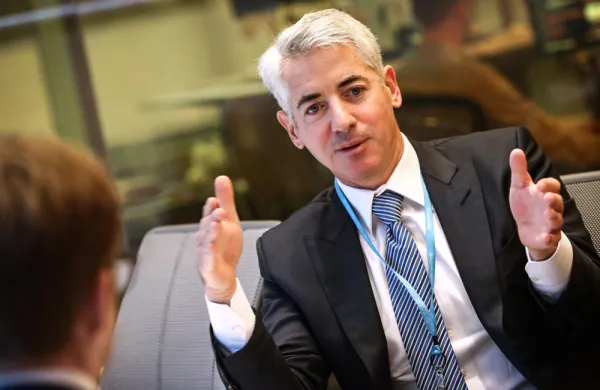“Our favorite holding period is forever.” Warren Buffet
Private equity has been the best-performing asset class for most institutional investors for decades, outperforming public equity markets by 3 percent to 5 percent after fees. This achievement has not come for free, nor has it been free from certain challenges. Among the issues most frequently debated in the popular media are the substantial fees being paid to the managers (true), the illiquid nature and long investment period of the asset class (somewhat true) and a troubling lack of transparency (not so much).
While it is true that the headline fees of 2 percent on assets and 20 percent of profits have generated enormous wealth for many general partners, a bigger problem is that the alignment of interests between managers and investors has skewed in favor of the former as fund sizes have grown and big firms have absorbed most of the benefits of scale, since more of the management fee revenue accrues directly to their bottom line. More insidious are conflicts created by slippage in returns due to monitoring and transaction fees many managers take, which the current offset model — in which these and other fees paid to the manager are used to discount the management fee — fails to remedy.
Some characteristics of the typical fund structure create other conflicts, including rapid buying and selling of portfolio companies. The 20 percent profit-sharing structure, while establishing a focus on capital gains, is an option to the manager paid out only on a sale. This creates a clear incentive to sell companies, even those that are performing well and could (or should) be held longer. Further, selling a company sooner can often help a general partner raise their next fund by demonstrating a successful exit.
The extensive use of leverage also creates a focus purely on capital gains — like flipping a house — as does the fund structure itself, with a discrete dissolution date that ultimately forces the manager to sell. It’s hard to argue that private equity managers are truly long-term investors if they already have an eventual sale in mind when purchasing a company.
Even more troubling is the rise of sponsor-to-sponsor transactions, where one private equity fund sells a portfolio company to another, often with the same limited partners in both funds paying expenses and transaction costs on both sides of the deal. Using information from data provider PitchBook, the number of buy-out companies sold to another private equity fund has risen to more than 50 percent of all private equity transactions in the first quarter of 2017 — more than half of all exits! — up from roughly one third just six years ago. It’s getting precariously close to greater fool territory.
Nevertheless, given the performance of the asset class, investors continue to allocate to it, pouring nearly $600 billion into private equity funds in 2016 alone. Dry powder — or the amount of capital committed from investors but not yet invested — sits at approximately $1.5 trillion.
All of this equals an industry that, while still generating strong performance, has some indisputable problems. It’s expensive, with managers absorbing perhaps a disproportionate percentage of the economics. The structure creates some conflicts while admittedly reducing others. And it’s getting increasingly transactional and competitive, with the potential for declining returns going forward.
With these challenges in mind, institutional allocators should conduct a blank sheet exercise, redesigning the ideal private equity fund structure from scratch to their benefit. Any partnership between owners and managers should always start with the owners, and the strengths of the asset owners are clear. As Britt Harris, the former CIO of Texas Teachers and future CIO of UTIMCO, has often publicly noted, public pensions are large, liquid, unlevered and truly long-term in nature. So let’s take advantage of that.
A better structure for holding private companies would be one that lowers fees and expenses, extends the time horizon and reduces transactions, and mitigates conflicts of interest between investors, managers, and portfolio company executives. The best way to mitigate the conflict of interest between the investor and manager is to simply disintermediate the manager altogether. This also has the added benefit of simultaneously reducing fees and expenses. However, this poses its own set of challenges. Most public pensions in particular are unable to attract and retain the appropriate individuals in house to execute such a strategy. But if we’re not able to do it ourselves, then why can’t we collaborate?
A handful of big institutional investors certainly could work together to establish an independent private equity shop. It should have strong sponsor oversight dedicated to keeping costs low, creating a perpetual vehicle to own companies and structuring the compensation appropriately. It would then identify good businesses which have stable revenue models and defensible margins, generate strong free cash flow and can be owned for long periods, if not forever.
Owning good businesses with a value and quality tilt, earning the return on equity by holding the company forever instead of flipping it — and using modest leverage to do so — sounds like something another luminary investor might do. So, why aren’t we?







